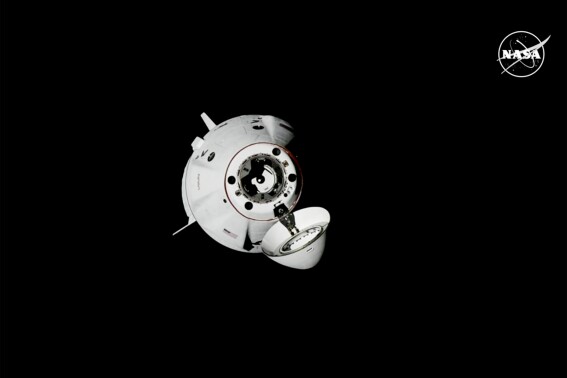NASA plans to establish a Coordinated Lunar Time (LTC) in order to support future moon and space exploration, the agency announced earlier this month. The announcement follows a White House policy directive issued in April, and aims to create a standardized timekeeping system for the moon.
Led by NASA's Space Communication and Navigation (SCaN) program, the initiative could eventually extend to other celestial bodies across the solar system. As humanity prepares to return to the Moon, LTC will be essential in developing a sustainable lunar ecosystem and ensuring the safety of future missions.
"The existence of a common time reference is the basis of our everyday life activities on Earth, and the same will be true on the Moon with the development of a lunar economy and the expansion of lunar exploration," Javier Ventura-Traveset, Moonlight Project navigation manager at the European Space Agency (ESA), told Newsweek.
"In a very short term, for example, we may need to define a common lunar reference time to ensure that different space agencies' planned lunar-based communication and navigation infrastructures remain interoperable; to establish growing lunar telecommunication networks; to precisely time-stamp some scientific experiments; to synchronize astronomical observations from lunar-based telescopes; or to coordinate time-sensitive operations such as spacecraft docking."
Similar to Earth's Coordinated Universal Time (UTC), the lunar time will be calculated using a weighted average of atomic clocks placed on the Moon.
However, establishing LTC isn't without its challenges. For one thing, accounting for the effects of Einstein's theories of special and general relativity is a tricky business. Current analysis shows that atomic clocks on the lunar surface appear to tick faster by microseconds per day due to differences in gravitational effects.
"If you place two clocks, one on the Earth's surface and one on the lunar surface, and start them running at exactly the same time, after 24 Earth hours, the clock on the Moon will be ahead by about 56 microseconds, with some additional smaller periodic variations," Ventura-Traveset said.
This difference may appear small, but its effects could be huge in the precise world of space exploration.
"For something traveling at the speed of light, 56 microseconds is enough time to travel the distance of approximately 168 football fields," Cheryl Gramling, lead on lunar position, navigation, timing, and standards at NASA Headquarters in Washington, said in a statement.
"If someone is orbiting the Moon, an observer on Earth who isn't compensating for the effects of relativity over a day would think that the orbiting astronaut is approximately 168 football fields away from where the astronaut really is."
As NASA's Artemis program advances toward landing astronauts on the lunar surface by September 2026 and aims to establish a sustained presence on and around the Moon, the need for a standardized lunar time system is becoming increasingly vital.
Ben Ashman, navigation lead for lunar relay development, emphasized that "a shared definition of time is an important part of safe, resilient, and sustainable operations" as more nations and commercial entities become active in lunar exploration.
The development of LTC is not just about the Moon. NASA envisions this timekeeping system as a stepping stone for future Mars missions and exploration of other parts of our solar system. By addressing the complexities of time in space now, NASA is laying the groundwork for long-duration exploration missions in the future.
The White House has set a deadline of December 31, 2026, for NASA to deliver a strategy for LTC's implementation.
Do you have a tip on a science story that Newsweek should be covering? Do you have a question about supermoons? Let us know via science@newsweek.com.
Disclaimer: The copyright of this article belongs to the original author. Reposting this article is solely for the purpose of information dissemination and does not constitute any investment advice. If there is any infringement, please contact us immediately. We will make corrections or deletions as necessary. Thank you.



